PICATINNY ARSENAL, NJ - The famous wrought-iron gate with cannon-shaped posts has long been an icon representing Picatinny Arsenal and the weapon technologies developed here - and now, after several years of legal paperwork and process, the Cannon Gate is an official registered trademark.
A trademark identifies the provider of a particular good or service. Essentially, it's a "badge of origin" that lets the public know who or what organization originated a product or service.
Picatinny's badge of origin, commonly known as the Cannon Gate, received a national trademark from the United States Patent and Trademark Office (USPTO) on Aug. 24, 2010.
Under the USPTO registration, Picatinny and the U.S. Army have sole ownership rights to the Cannon Gate trademark, as well as the right to seek an injunction in court to halt infringement of the trademark.
Securing the official trademark for the Cannon Gate, which took nearly two years, was quite a feat for Picatinny's legal team.
"On average, it takes about a year to a year and a half to get a trademark, though it can take up to three or four years," said Henry Goldfine, Picatinny patent attorney. "We spent a lot of time researching the first interstate commercial use of the Cannon Gate logo, which is one of the items you must include in all trademark applications."
Finding the first commercial use required the help of Patrick Owens, a historian with the Armament Research, Development and Engineering Center.
The Cannon Gate has a long history at Picatinny, where it has stood at what used to be the main entrance to the arsenal since 1885. The gate has four, 8-inch Columbiad cannons topped with four cannon balls. The Ordnance seal appears in the center of both doors.
Through many Internet searches and physical hunts through Picatinny's historical library, the team discovered that the Cannon Gate was manufactured by the Cornell Iron Works of New York City in 1885.
But evidence of the gate symbol to represent the arsenal was first found for June of 1989.
"The gate really has not been an official logo until the granting of this trademark," Owens said. "In fact, back in 1980, the installation considered using the forge monument by Building 151 as its logo. That idea did not stick."
But in 1989, the ARDEC historical office began using the Cannon Gate symbol to decorate annual historical reports. Shortly afterward, the gate started to appear on organizational signs in front of key buildings, Owens said.
While the gate has not been locked since World War I, the symbolism it represents is now "locked" in the public record, as the USPTO documented the Cannon Gate as a symbol for providing research, development and engineering services for advanced military weapons systems and military munitions.
As with any trademark, there are legal rules to follow when using the Cannon Gate or any other Army trademark.
"All U.S. Army logos, including the Cannon Gate logo, are trademarks of the U.S. Army, and their use is strictly limited to Army purposes," Goldfine said. "The Army objects to any commercial use of its trademarks without the express approval of the Army - regardless of the products or organization associated with the use."
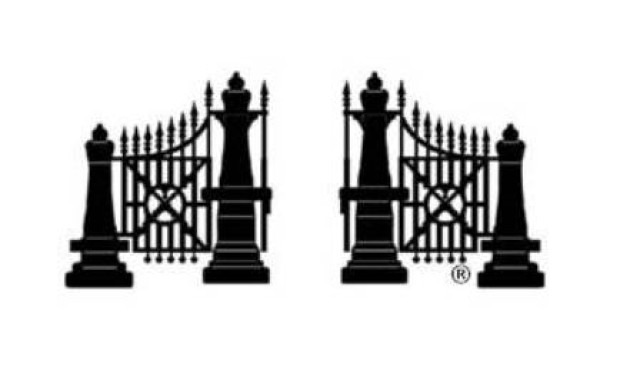
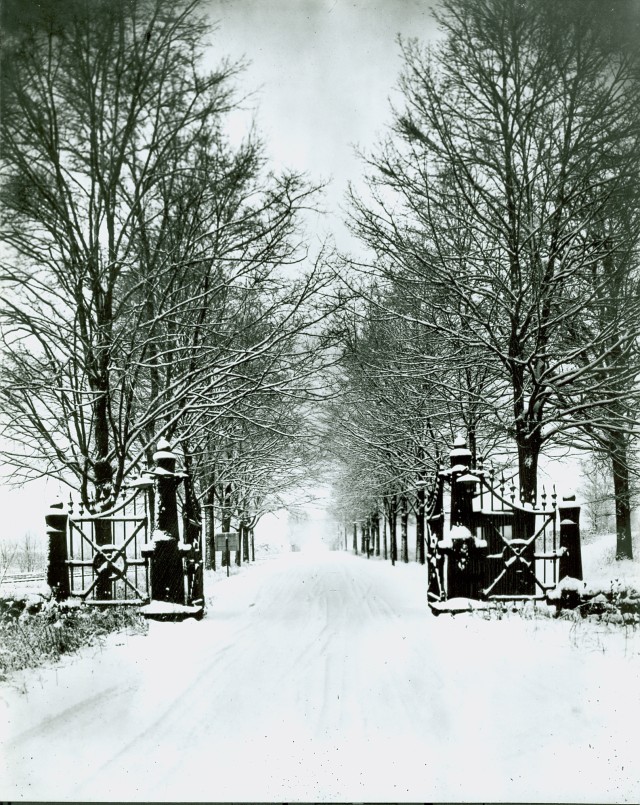
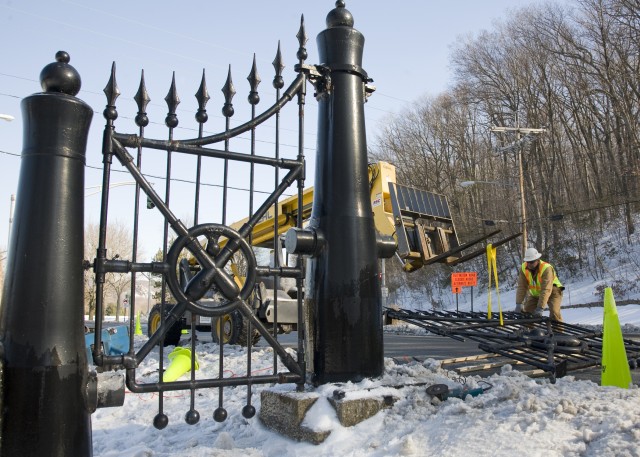
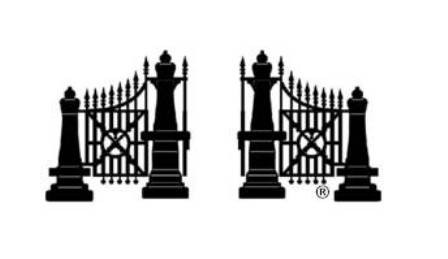
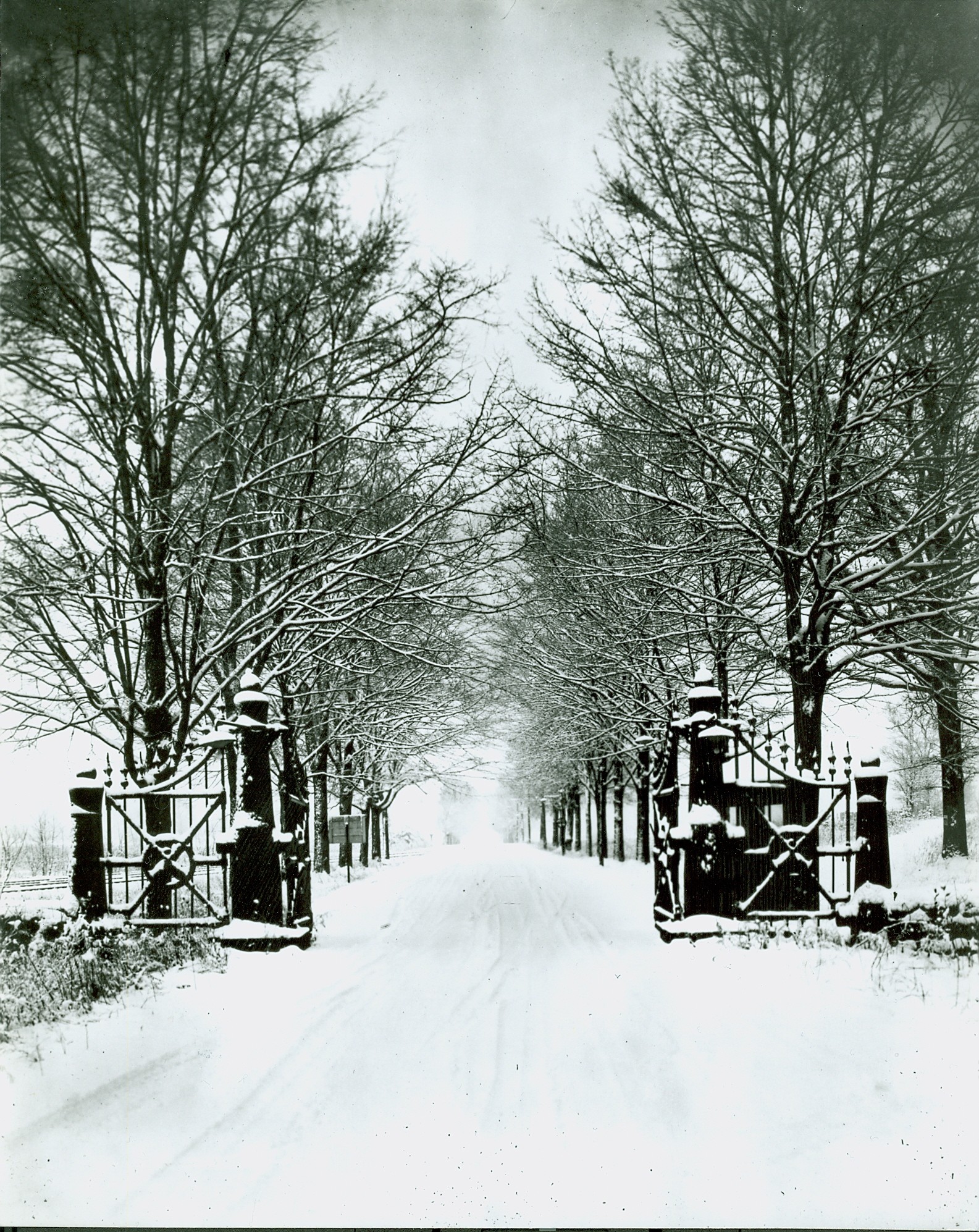
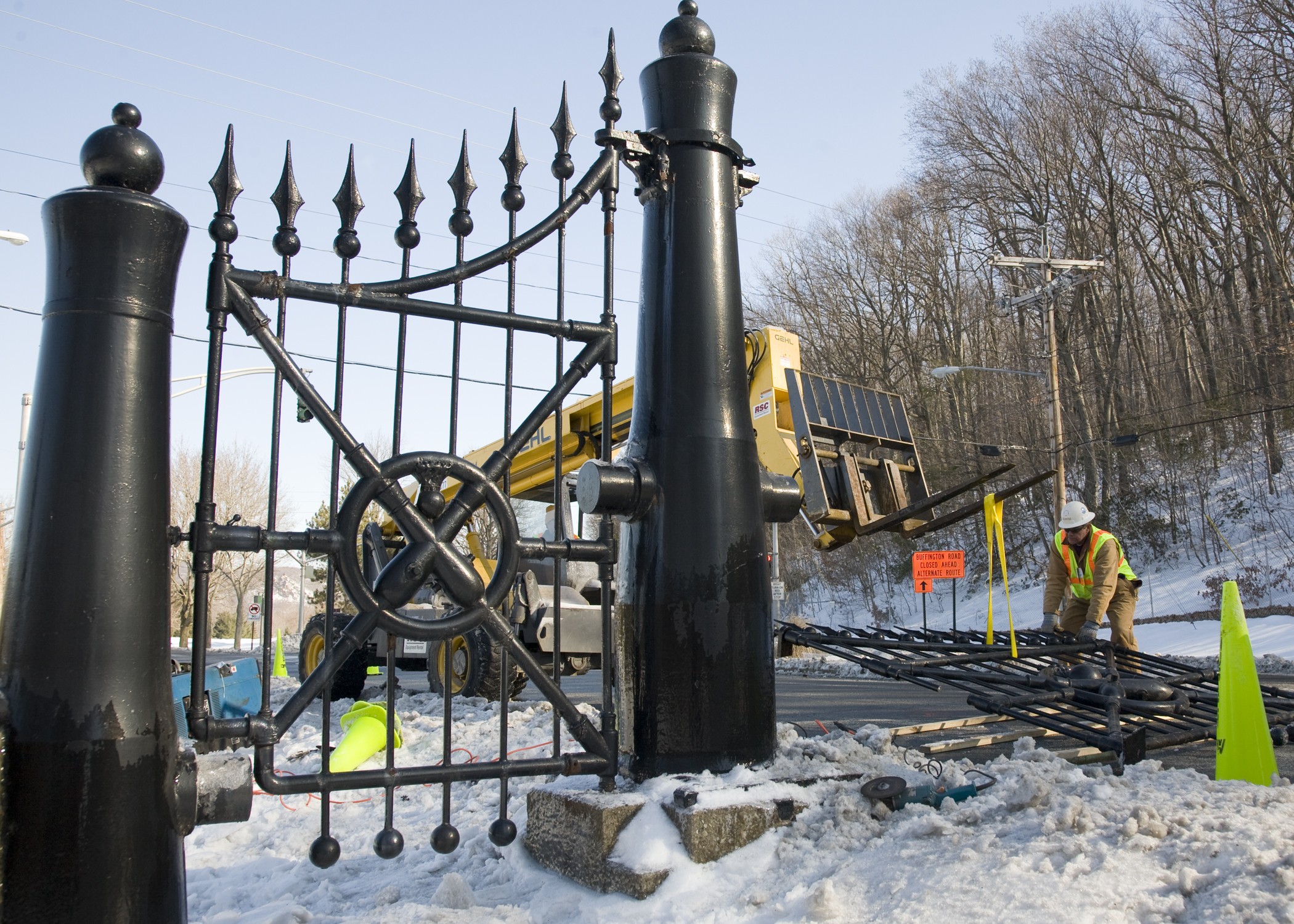
Social Sharing